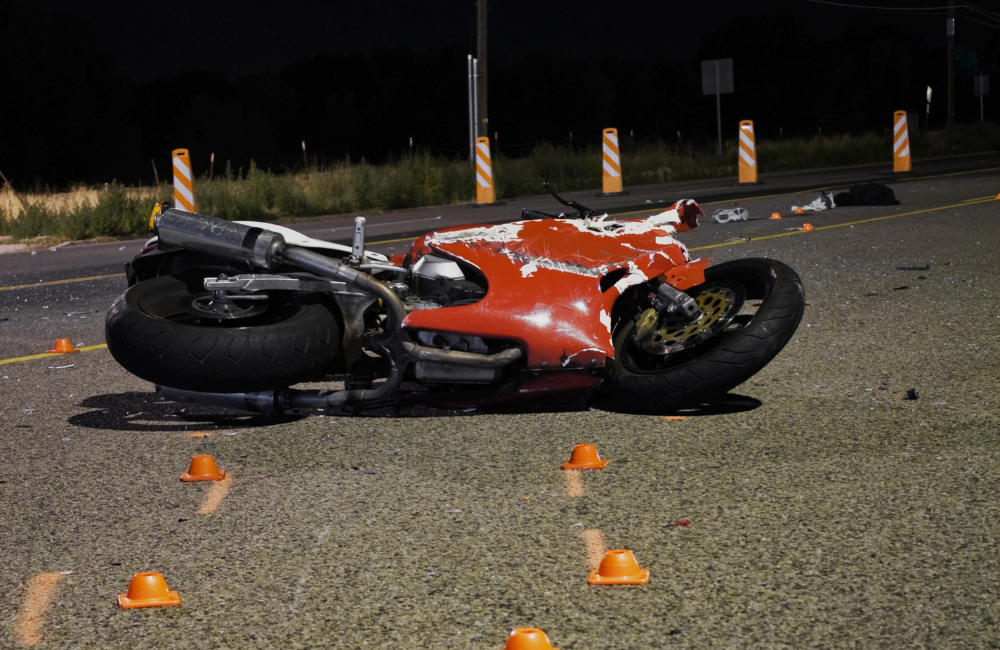Ten Things To Know About Automatic Emergency Braking [AEB]
1. What is the Automatic Emergency Braking [AEB]
AEB, or automated emergency braking, is a safety technology that may recognize when a collision is likely to occur and automatically apply the brakes to either slow the vehicle down before contact or stop it completely to avoid a collision. The faster the car is moving; the more likely its autonomous emergency braking system will be able to stop it in time to avoid a collision.
AEB systems first appeared in high-end vehicles in the middle of the 2000s. The technology is available in many types, sizes, and pricing points. According to a memorandum of understanding between manufacturers and the National Highway Traffic Safety Administration, practically all new vehicles sold in the US by September 1, 2022, will come equipped with the technology as standard equipment.
Automakers have offered a variety of systems with varying degrees of usefulness ever since the advent of AEB. Whether you are buying a new or old car, you need to grasp the system so you will know what to expect while driving.
2. How does Autonomous Emergency Braking Work?
Like the most current Adaptive Cruise Control systems, AEB employs radar and sometimes laser sensors to scan the road ahead for objects. ACC and AEB frequently use the same sensors, even though some AEB systems feature cameras that may identify pedestrians by the side of the road.
If the driver does not take action after receiving an alarm and dashboard lights warning of the oncoming hazard, the AEB system will first apply full braking force. The likelihood of an accident is analyzed almost quickly using sophisticated algorithms.
If you move swiftly before a contact, the emergency brakes might only be able to scrape off a small portion of the excess speed before the inevitable accident. However, with slower speeds, there is a greater chance that the coming catastrophe can be completely avoided.
Be cautious about making sure you are aware of and at ease with the level of safety afforded by the systems on any new car you are contemplating, though, as every AEB system is unique.
3. Which Cars have Autonomous Emergency Braking?
All vehicles sold in the EU must have AEB by May 2022, and this regulation will likely apply to vehicles sold in the UK. Before that, agencies like the impartial crash tester Euro NCAP were required to put pressure on automakers; as of 2019, their efforts have made it impossible for vehicles to earn a five-star rating without AEB.
4. Why should my Future Car have AEB Specified?
In a study carried out by the US insurance industry, the effectiveness of AEB was contrasted with that of other driver assistance and accident avoidance technologies. Insurance claims to repair the damage the investigated vehicle caused to another vehicle were reduced by 10–14% for vehicles equipped with AEB systems. In contrast, there was no difference in insurance claims following the installation of lane departure warning systems.
Thatcham has closely monitored AEB’s operations. When comparing the Volkswagen Golf Mk7 to the Mk6 model, Thatcham found a 45% drop in crashes involving injuries. All bars, the base S grade of the new Golf, now come standard with AEB.
5. Pedestrians and Cyclist Detection
Automatic emergency braking techniques are often used with front collision warning technology. The AEB reacts to possible pedestrians and cyclists who might cross in front of the moving vehicle. In addition, when spotting large animals on the road, some systems can use AEB to avoid collisions altogether or lessen their severity.
The most sophisticated AEB systems can now tell a car apart from a human, a bicycle, and a bicycle. They also understand that humans, bikes, and motor vehicles exhibit various behaviors.
The auto safety group Euro NCAP tested an automobile’s ability to identify, avoid, and stop pedestrians for its 2016 overall safety grade. A bicycle comparison test was implemented in 2018. 2019, vehicles are no longer eligible for Euro NCAP’s coveted five-star overall safety certification if they don’t include a camera-based AEB system.
6. Effectiveness of Automatic Emergency Braking Systems
Studies conducted in Europe, the US, and other locations have shown that AEB is among the best collision-avoidance systems you might have in your vehicle.
According to one of the most recent studies, front-to-rear accidents were reduced by 50% and front-to-rear wrecks with harm by 56% for vehicles equipped with forward-collision warning and AEB in April 2019, according to the Highway Loss Data Institute -HLDI and the Insurance Institute for Highway Safety (IIHS). In addition, reverse automated braking systems demonstrate a 78% decrease in accidents compared to vehicles with only a rear camera and parking sensors.
7. Low-speed Automatic Emergency Braking
Only a few AEB systems can run at faster speeds. They are designed to prevent collisions in crowded cities, busy streets, and parking lots. For example, consider Mazda’s Smart City Brake Support, which can automatically apply the brakes to a car driving at speeds under 18 mph to prevent or slow down a collision. Mazda provided this technology, but the company has now shifted to the more useful Smart Brake Support system, which works up to 90 mph.
8. Full-speed Automatic Emergency Braking
By 2020, most AEB systems could operate at low speeds and the greater speeds seen on highways, back roads, and suburban boulevards. They would be advantageous at standard speeds because, thanks to increasingly sophisticated sensing technology, they could “see” farther down the road to foretell when a collision would occur. However, AEB can only slow your automobile down in most high-speed situations just enough to avoid a crash.
9. Examples of Circumstances that Lead to Unnecessary Automatic Emergency Braking
Automatic emergency braking may occasionally activate even when it is not necessary.
Examples include:
- Road shadows may deceive the system into thinking something is in front of it.
- Cars are parked on the side of the roadway in the middle of a bend.
- Metal stop signs are mounted on the side of the road in the middle of a bend.
- Steep driveways that cause automatic braking either forward or backward.
- The weather may also impact your AEB system. Rain, fog, and snow are just a few of the conditions that could prevent your safety systems from operating as they should.
10. Tips for Using
In some cases, dirt or grit may be present on the sensors involved in autonomous emergency braking. If that is the case, the system will alert you that it won’t work. Therefore, remove any accumulation from your feature’s sensors or windshield before excursions.
Are the detectors for your automatic emergency braking system hard to find? Always refer to your owner’s manual or your neighborhood dealer.
Various automatic emergency braking systems are vulnerable to dawn and dusk brightness. Therefore, you shouldn’t depend entirely on this functionality at any time, not only under specific conditions.
Conclusion
Automatic Emergency brakes can help with Car accidents involving rear-end collisions which are among the most frequent. These mishaps occur when the front bumper of car A slams against the back of car B. Rear-end collisions can be caused by a driver’s distraction, alcohol, poor road conditions, bad weather, and other circumstances. Our rear-end collision attorney can help you in any case you have.
AEB can also minimize pedestrian accidents. We have pedestrian accident attorneys with excellent knowledge and experience to get the compensation you need.
Our rear-end collision and pedestrian accident attorneys are committed to going the extra mile for you. Contact the Bodden & Bennett Law Group online or call (561) 806-5229.

![10 Things To Know About Automatic Emergency Braking [AEB] Automatic Emergency Braking Systems](https://boddenbennettlaw.com/wp-content/uploads/2022/08/10-Things-To-Know-About-Automatic-Emergency-Braking-AEB.png)

